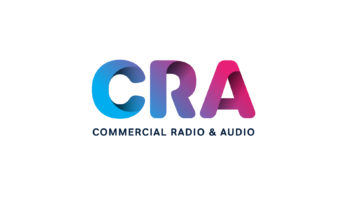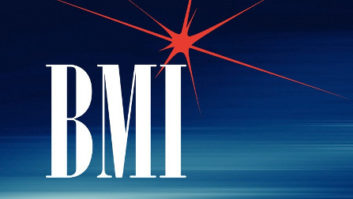The U.S. Copyright Office is reiterating its support for a public performance right in sound recordings, something broadcasters have been fighting vigorously.
Maria A. Pallante, the register of copyrights, issued a list of priorities for her office for the next two years; this was among them.
She noted that the Copyright Office has supported the extension of the public performance right in sound recordings “for decades,” and said the United States is unique in not having this policy.
“Legislation was introduced in both the 110th and 111th Congresses, but there were strenuous objections from traditional broadcasters,” she observed.
“When sound recordings first became the subject matter of federal copyright law effective Feb. 15, 1972, copyright owners of sound recordings were granted the exclusive rights of distribution and reproduction, but not public performance. In 1995, a limited right to perform a sound recording publicly by means of a digital audio transmission was added, but traditional broadcasters remain free to transmit public performances of sound recordings over the air without the permission of the copyright owners and without making any royalty payments.
“In addition to the obvious disparity for the performers and producers of these sound recordings,” Pallante continued, “there is an economic disadvantage between the businesses that offer sound recordings over the Internet as compared to those that offer them over the air (the former are required to pay performance royalties while the latter are not).”
She wrote that finding a way to “reconcile these differences” has been a longstanding goal of Congress and the Copyright Office.
This announcement does not appear to change policy in any way but it is a reminder to broadcasters that even though the issue seems quiescent on Capitol Hill at the moment, it remains on the radar of federal regulators and the creative community.










